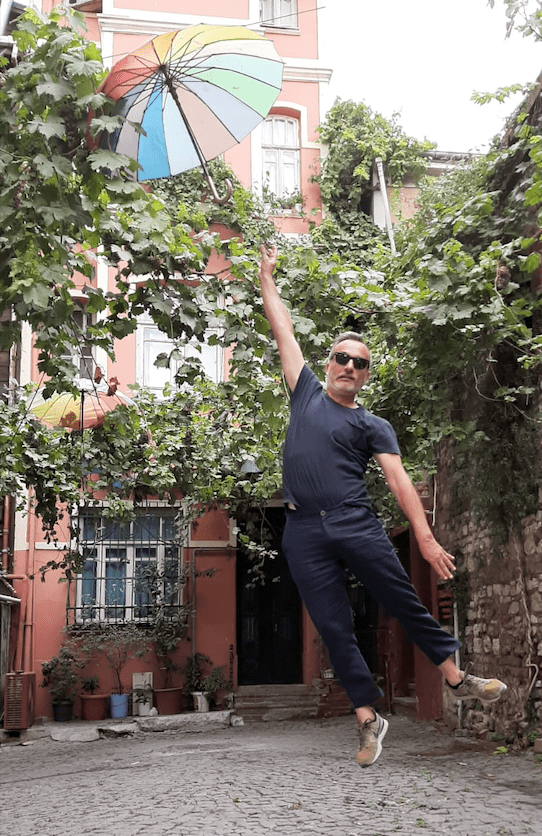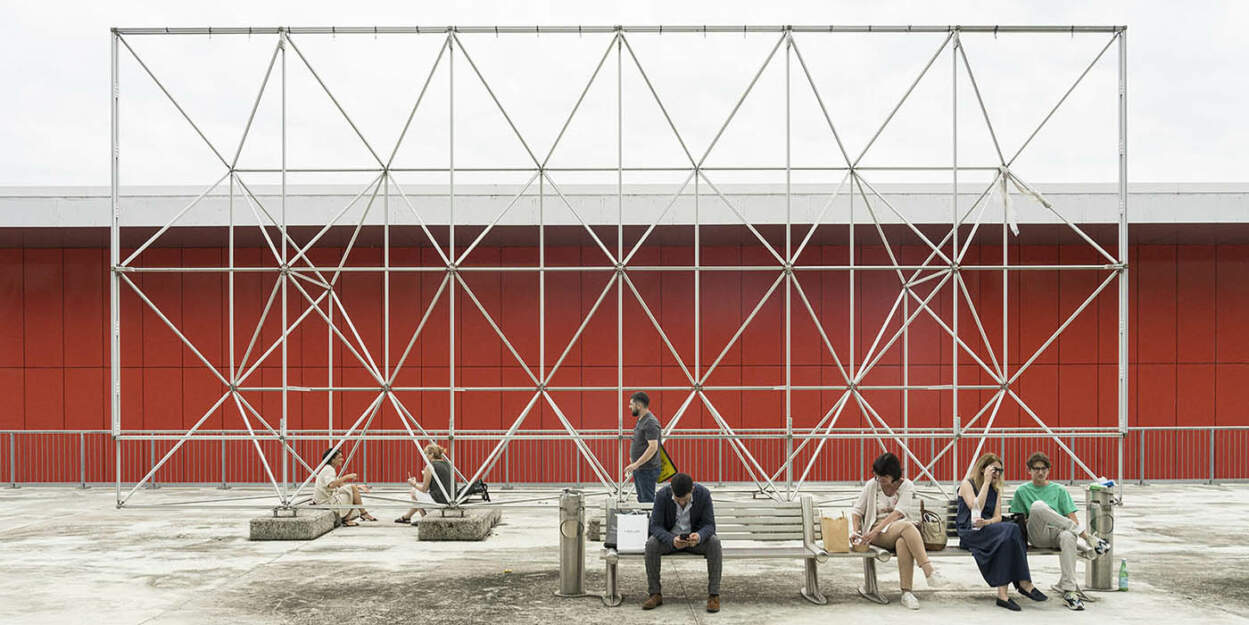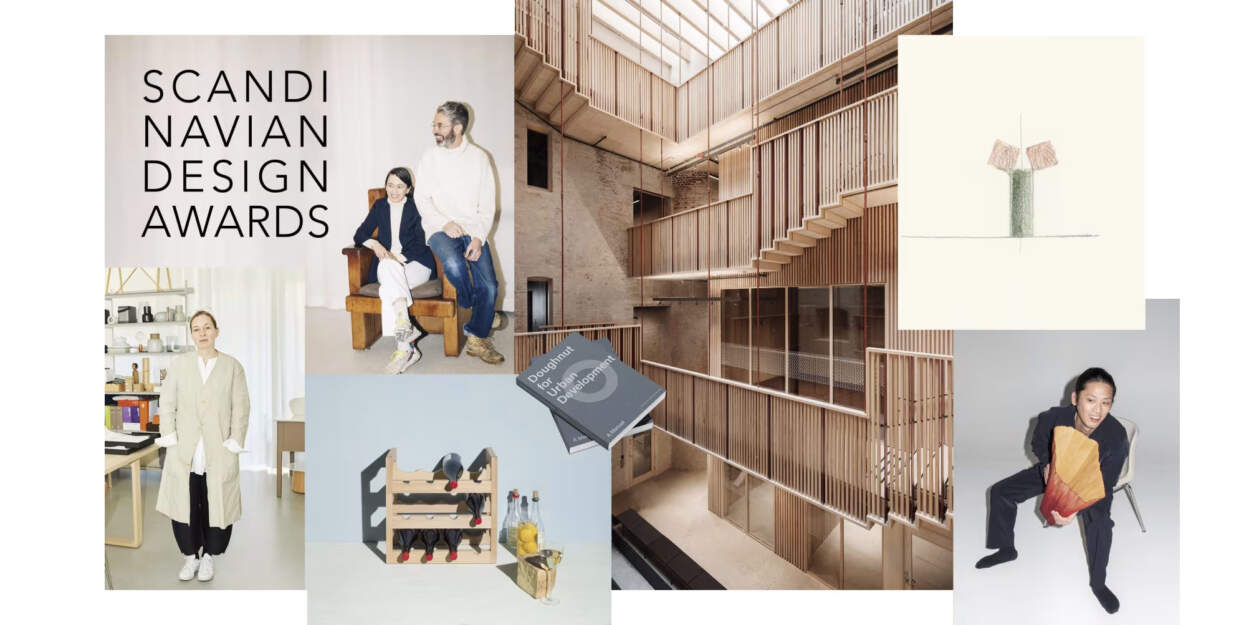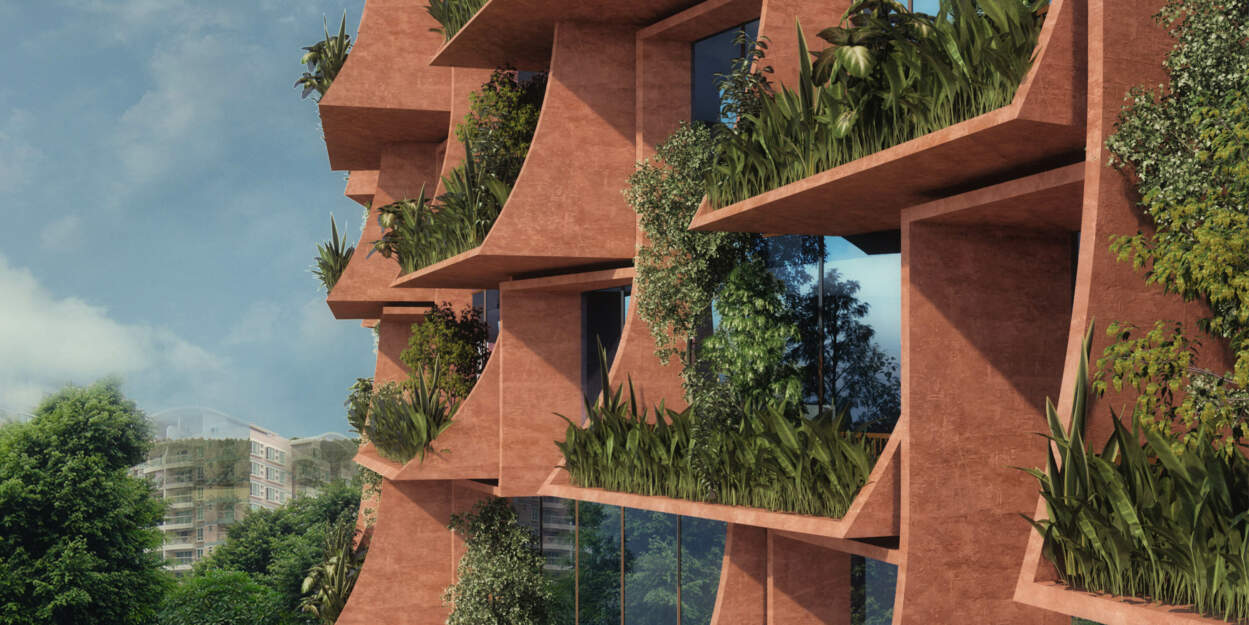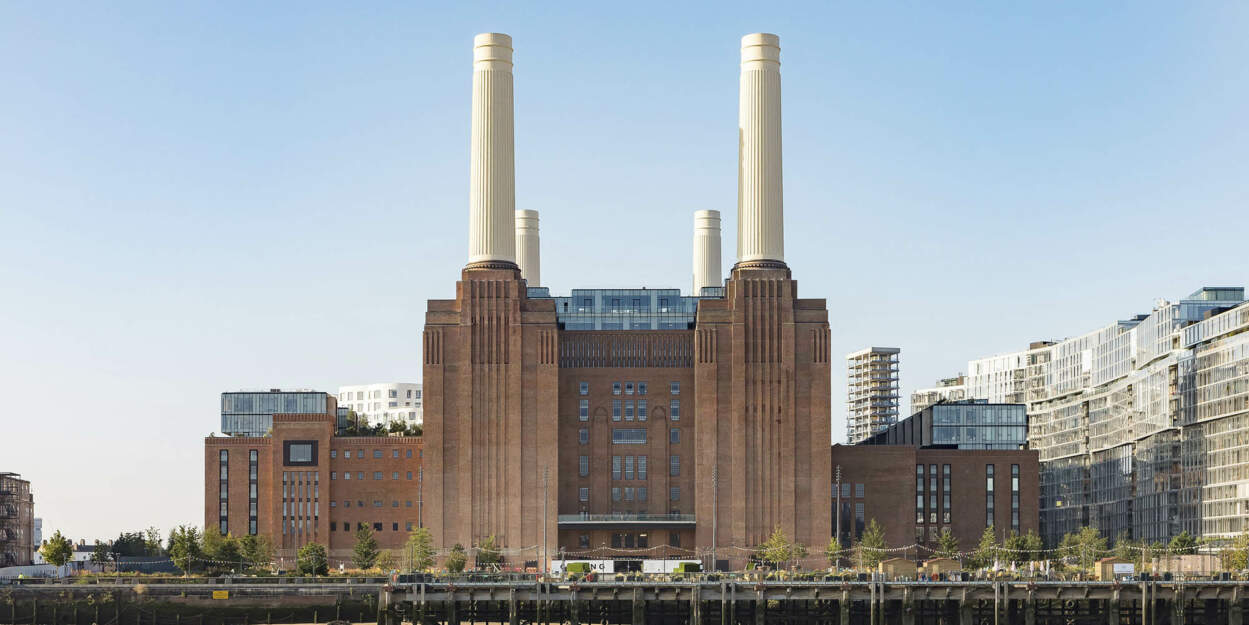This year we spent the summer holidays in Turkey without losing the habit of walking upwards and discovering awesome Turkish architecture.
To discover Turkish architecture we started from afar: a stunning aesthetic experience, in the heart of Cappadocia where we visited most of the venues around Göreme. The first period of settlement in Cappadocia goes back to the Roman period where christians lived in the well known houses and churches carved into rocks.
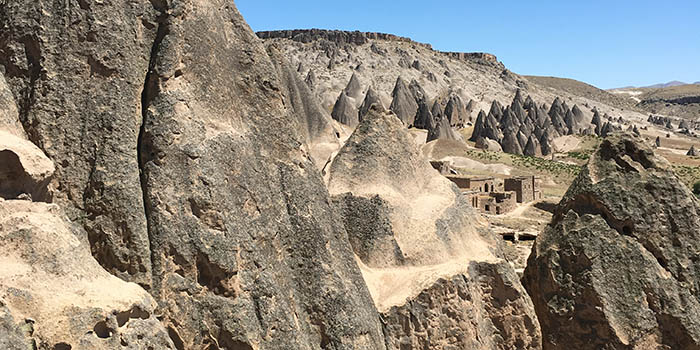
Selima Cathedral
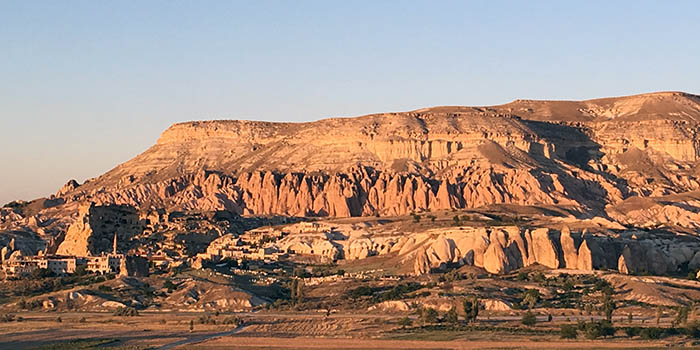
Rose Valley during sunset
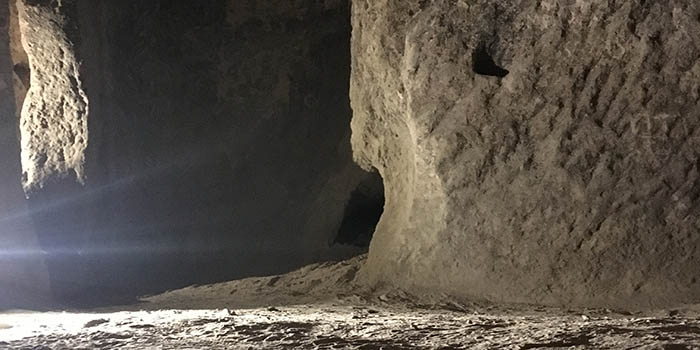
Kaymaklı underground city
From the roots of Christianity to the ruins of the Greek and Roman empires heading to Istanbul.
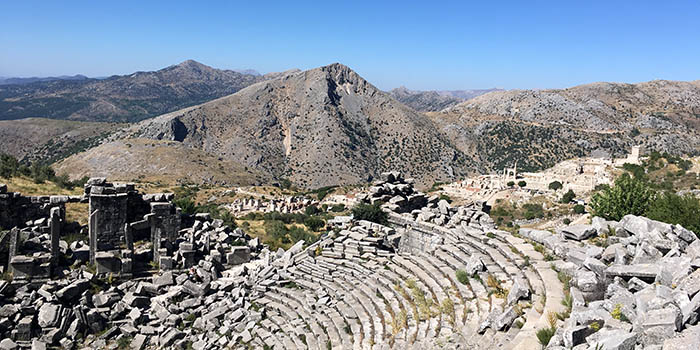
Sagalassos
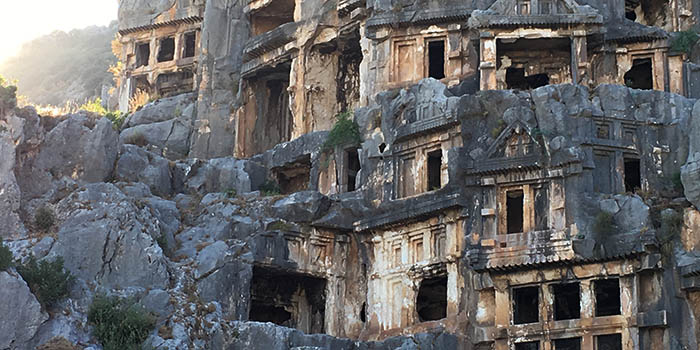
Myra
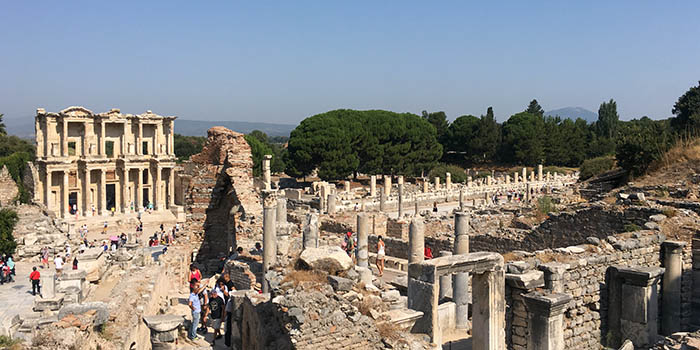
Ephesus and the Celsus Library
During our trip from Cappadocia to Istanbul we came across the famous Sultanhanı Caravanserai, west of Aksaray on the road to Konya. This monumental caravanserai then became the largest in Turkey. It is one of the best examples of Anatolian Seljuk architecture.
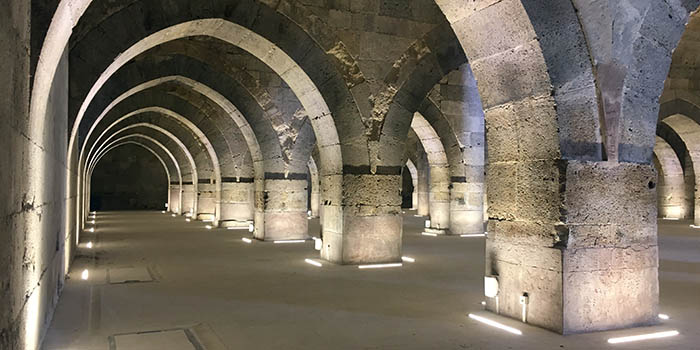
Sultanhanı Caravanserai restored covered courtyard
Contemporary architecture of Turkey has been changed a lot affected by international transformations and political and social developments form the times of Mimar Sinan, the chief Ottoman architect (Turkish: mimar) and civil engineer for many main Sultans, till the recent history of this country.
The Turkish architecture developed from the earlier Seljuk architecture and was influenced by the Byzantine architecture, Iranian as well as Islamic Mamluk traditions after the conquest of Constantinople by the Ottomans. For almost 400 years Byzantine architectural artifacts such as the church of Hagia Sophia served as models for many of the Ottoman mosques. Overall, Ottoman architecture has been described as Byzantine influenced architecture synthesized with architectural traditions of Central Asia and the Middle East.
Finally in Istanbul we couldn't visit the famous area called the Golden Horn, UNESCO World Heritage Site, the major urban waterway and the primary inlet of the Bosphorus where you can find all the most famous Ottoman mosques and Turkish architectures: Süleymaniye Mosque, Sultan Ahmed Mosque Hagia Sophia, Topkapi palace and Basilica Cistern.
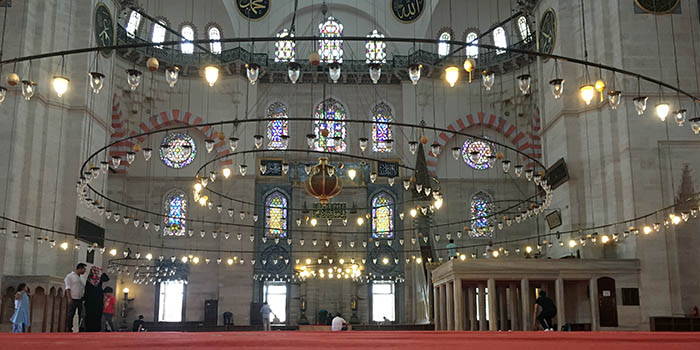
Süleymaniye Mosque, masterpiece of imperial architect Mimar Sinan
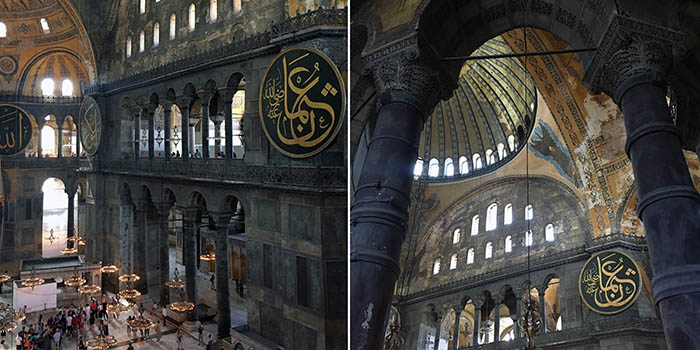
Hagia Sophia
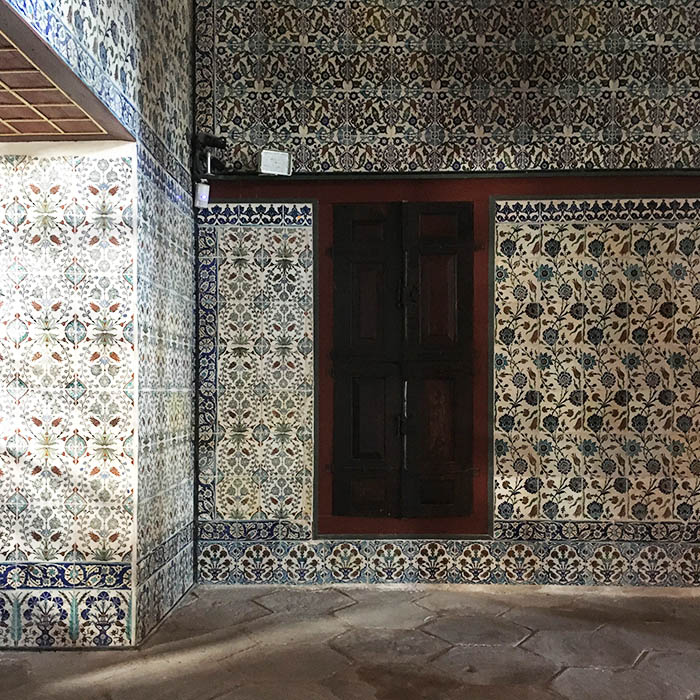
Topkapi Palace
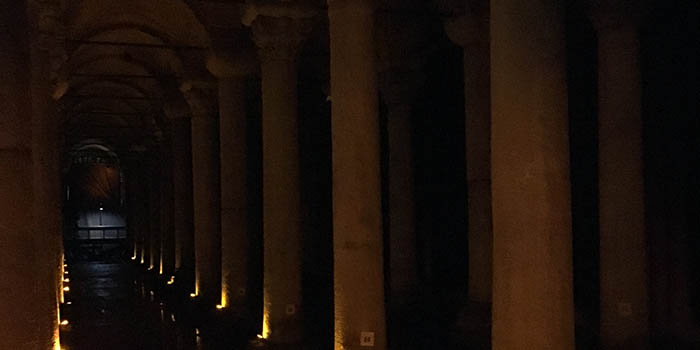
Basilica Cistern
Turkish architecture nowadays is the consequence of many different periods: in the first years of the republic, Turkish architecture was influenced by Ottoman architecture, in particular during the First National Architectural Movement (also called the Turkish Neoclassical architecture movement.) Republic of Turkey was trying to release itself from Ottoman image and creating a combination of nationalism in ideal Republic.
Winning of Sedad Eldem in competition of Turkish pavilion in 1939 New York Expo which reminded Anatoly vernacular architecture and traditional Ottoman houses enlightened the second national architecture movement.
In Istanbul we had the chance to visit the almost unknown Fener and Balat neighborhoods, two very intriguing and charming districts of Istanbul, full of history and culture, where different people, religions and languages live together. During the Byzantine age, the Orthodox people, lived together with Jewis and Catholic people. Lot of these typical Turkish architecture houses have been restored and changed into hotels or restaurants and it seems to walk in a little Williamsburg in New York.
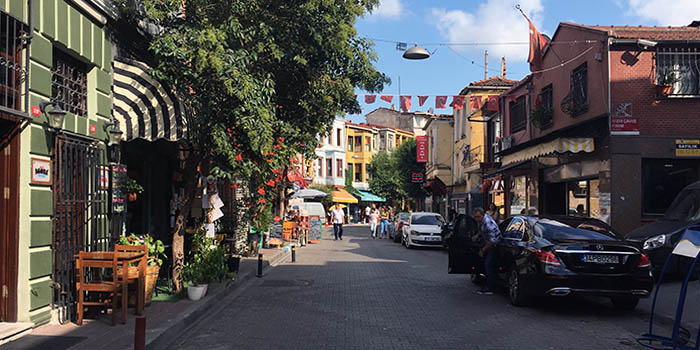
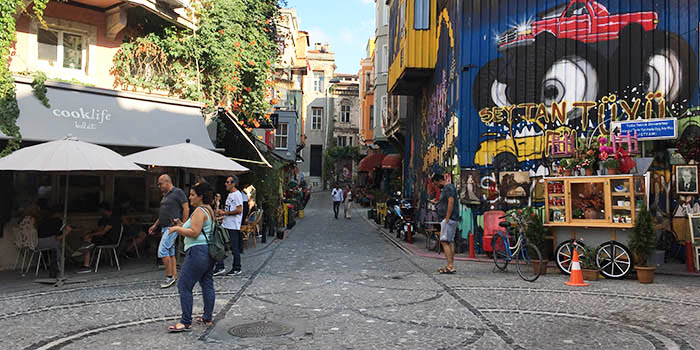
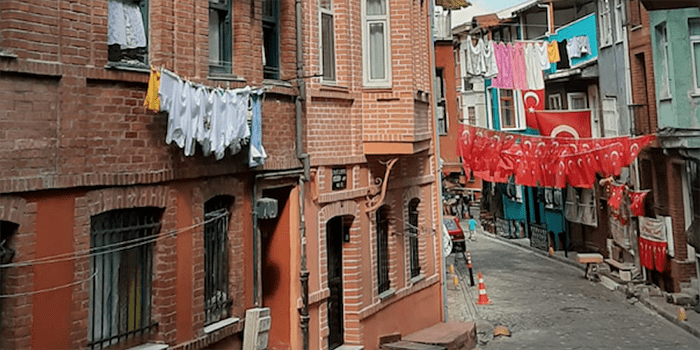
Turkey endured various kinds of political and economic crises which affected the construction industry as well as Turkish architecture sector. Despite these hardships, architects were able to design some important buildings…but this is completely another story we will tell in the next post: Turkish architecture, in balance between history and future, part 2.
Be ready we will be literally catapulted into another world!
